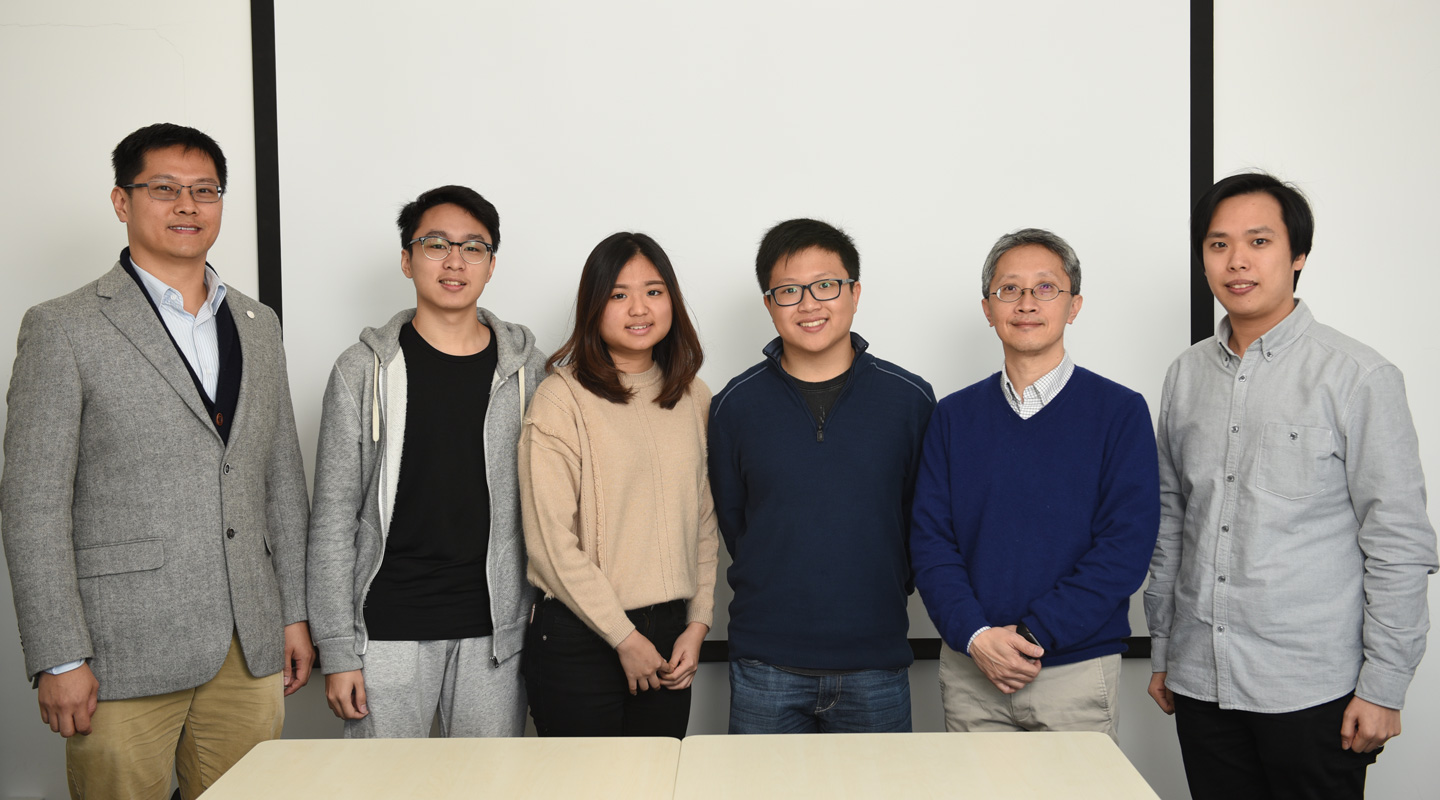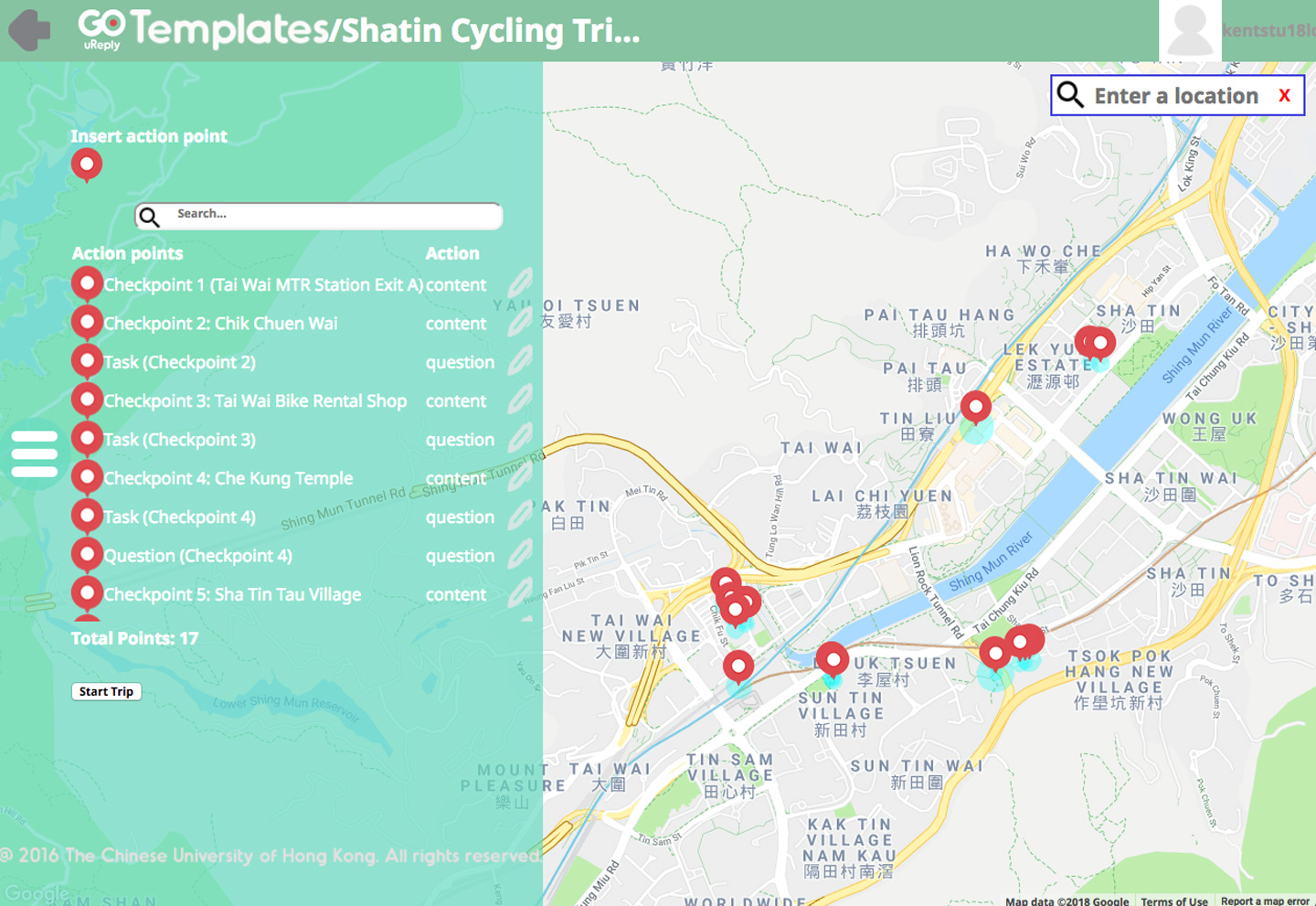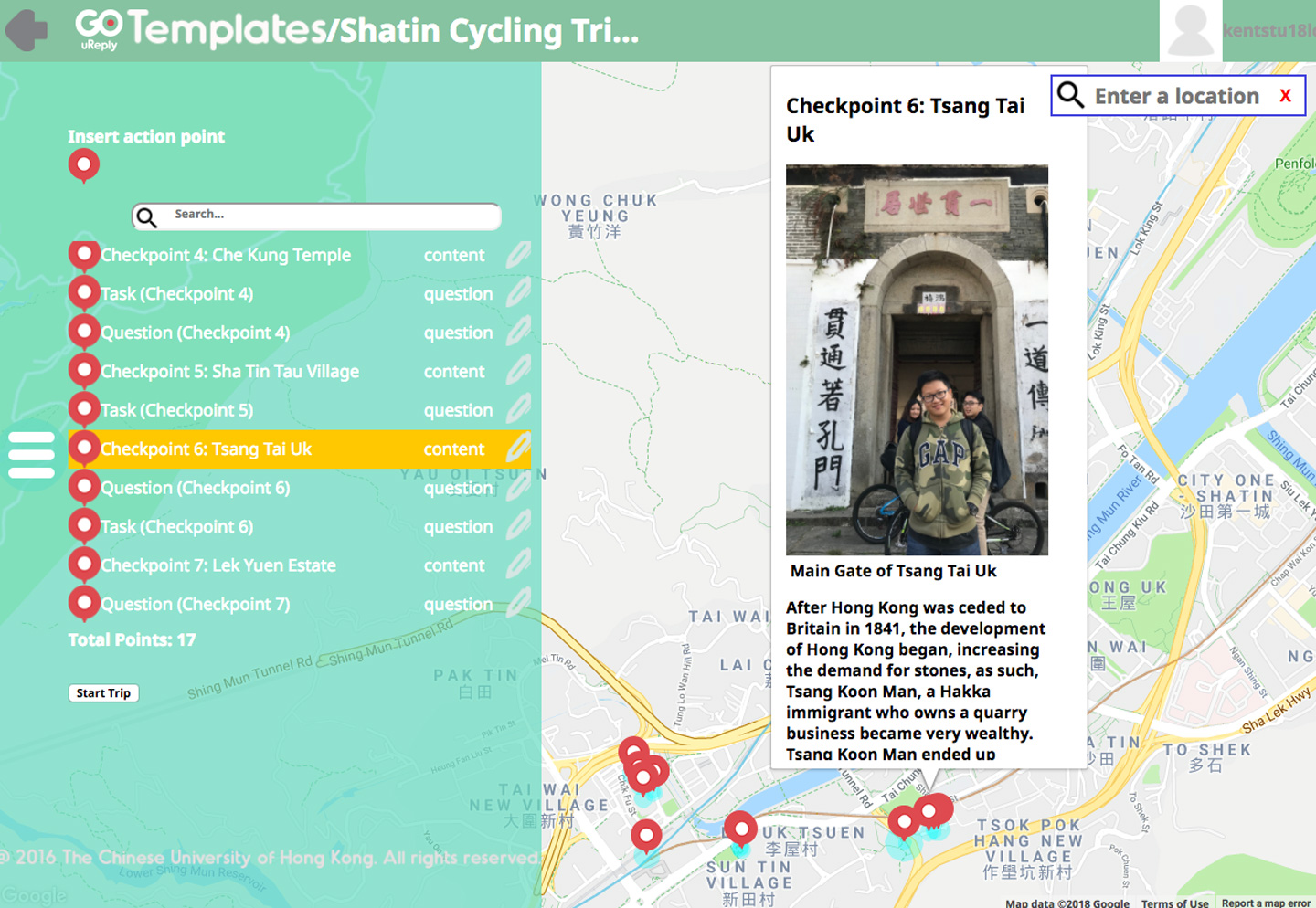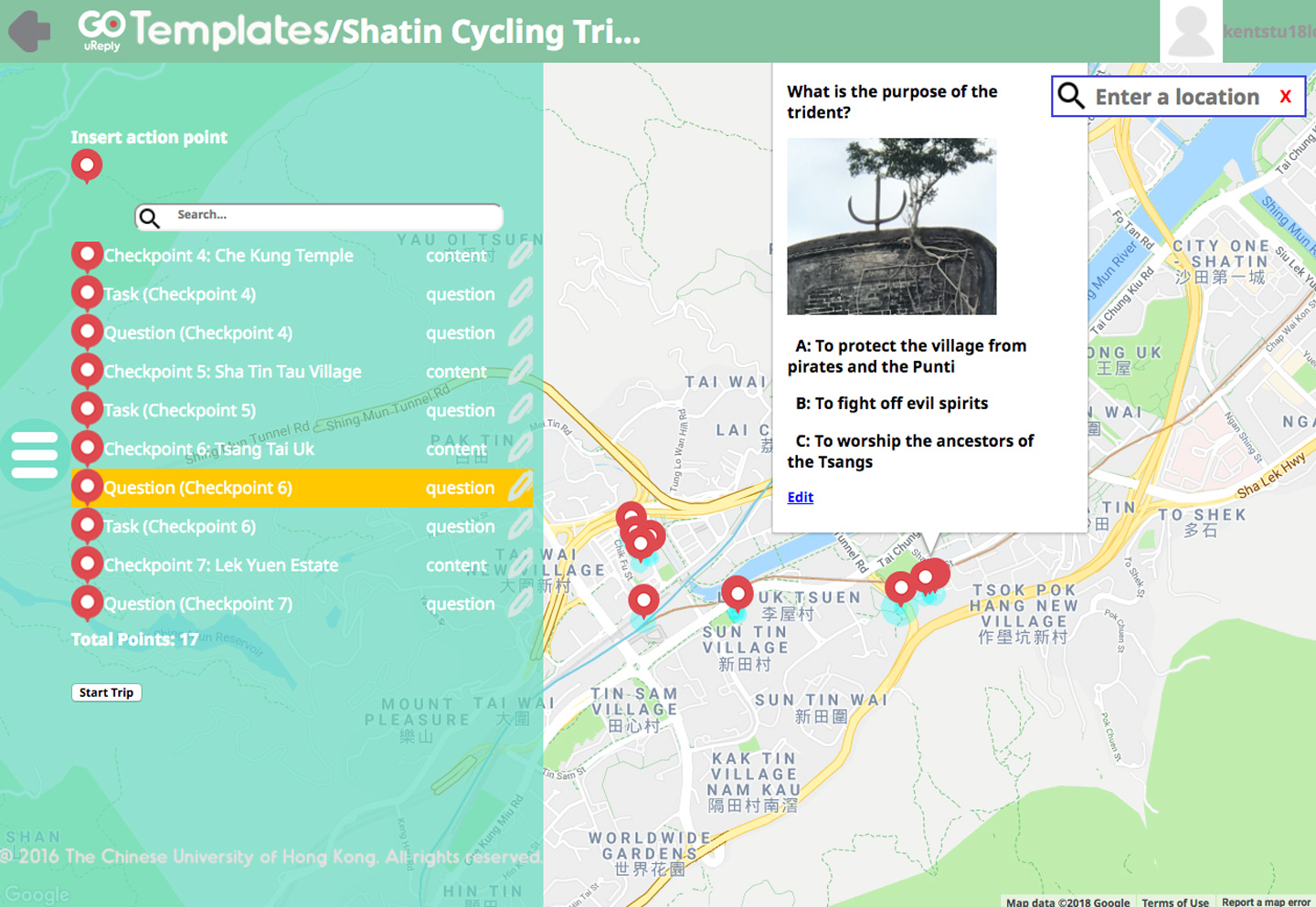Dear readers, With the launch of e-newsletter CUHK in Focus, CUHKUPDates has retired and this site will no longer be updated. To stay abreast of the University’s latest news, please go to https://focus.cuhk.edu.hk. Thank you.
Location-based Pedagogy Reshapes the Landscape for Learning

It is occasionally reported in the news that relics or wartime bombs may be unearthed in construction sites. The history of our city may lie buried and unnoticed under our feet for decades. Dr. Kent Lee, who teaches the General Education course on ‘The Hong Kong Story’ co-organized by Shaw College and Wu Yee Sun College, has used a location-aware mobile assisted learning tool, uReply GO, to motivate his students to re-discover the stories in the city. uReply GO was developed by Prof. Paul Lam and his team in the Centre for Learning Enhancement And Research (CLEAR).
Dr. Lee used to plan trips for students and lectured at the scene. Last year, he decided to take a step forward by utilizing uReply GO for student’s project assignment. The project required students to discover how the government, the market and the society together were influencing Hong Kong’s development when they created their own learning trips with the mobile app. For instance, students working on housing development designed a self-guided trip in which participants explore Shek Kip Mei and visit the Heritage of Mei Ho House museum, allowing the participants to trace public housing back to the colonial days and learn the current conservative effort towards older districts.

A successful journey requires preparation. Before setting off, the students organized their trip step by step from forming into groups, picking a location, searching for information to writing proposals. Dr. Lee would provide feedback and assistance in each step. During their journey, they set up checkpoints on the map with uReply GO when they encountered must-sees. In the pop-up window, they wrote down descriptions, uploaded pictures and input questions. When other groups went on the same route and reached the checkpoints, the information input would pop up in their mobile phones. This way the students could learn more about the location. All the activities and student responses were recorded in the app, and Dr. Lee could evaluate what his students had learnt by themselves.
In addition to textual questions, the students could create other tasks based on the characteristics of the locations. For example, a group of Indonesian students designing a cycling trip to Sha Tin required the students to turn ‘the fan-bladed wheel of fortune’ at Che Kung Temple just to try out the ritualistic act themselves. In another task, they uploaded a picture of a statue at Ten Thousand Buddhas Monastery and asked the students to find it out among many.
When this group of students rode their bikes to Lek Yuen Estate, a 40-year-old public housing estate, they were shouted at by security guards as they rode on the footpath. They thus understood that the regulations on cycling are a reflection of the cramped living environment in Hong Kong. In Sha Tin Tau Village, village houses were found side by side with high-rises, a vivid example of the co-existence of the urban and the rural. The trip offered the students more experience than any assignment did.

Some of the students in the course were non-local students who wanted to learn more about Hong Kong. ‘The opportunity for international students to learn about this city is rather limited. The purpose-designed trips put them into local residents’ lives,’ said Dr. Lee who expects his students, whether local or international, to experience the Hong Kong story by their participation.

Dr. Lee believes that the final project is not only an assessment tool but also a means of training his students. ‘I don’t want my students to learn only piecemeal theories, but weave what they have seen, heard and learned into a full story. They are teachers and I am audience.’ During the interview, the international students shared their ‘Hong Kong story’, and their expressions and tones told us they enjoyed their trips.
This article was originally published in No. 515, Newsletter in Apr 2018.